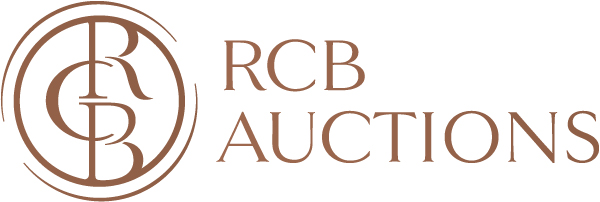Buddhist lions in Chinese Art

Lions are not native to classic Chinese imagery since the animal was unknown to the ancient Chinese; real lions were first sent to China as a tribute in 87 BC during the Han Dynasty (206 BC -220 AD). Lions as a decorative motif were introduced from South Asia and the Middle East through the silk road. They were soon adopted into the Chinese collective of auspicious animals and represented in many art objects. The Chinese word for lion ‘师 Shi’ is a homophone for the word ‘mater’ or ‘teacher’ a further indication of the animal’s favorable position among the Chinese.
The image of Chinese lions resembles the Buddhist lions from India, where they were represented as the guardians of Buddhism. Pairs of lion sculptures are often placed before the entrance of important buildings and Buddhist temples as guardians or defenders of the law. During the Ming and early Qing, they appeared on official military badges symbolizing power. Buddhist lions do not resemble actual lions but rather stylized dogs, so they are referred to as the lion dog or Foo dogs. Male lions are usually depicted playing with embroidered brocade balls with attached flowing ribbons, while female lions with a club. This combination first appeared on blue and white porcelain in the Ming Dynasty (1368-1644 AD) when artist also started to portray a more playful lion. According to Chinese legend, lions produced milk with their paws, so people would leave balls for them to play with, this would transfer the milk into the ball. Another interpterion of the lion and ball is akin to the symbolism of the dragon and the flaming pearl.
Get more information and stay updated, add us on Line: @rcbauctions

